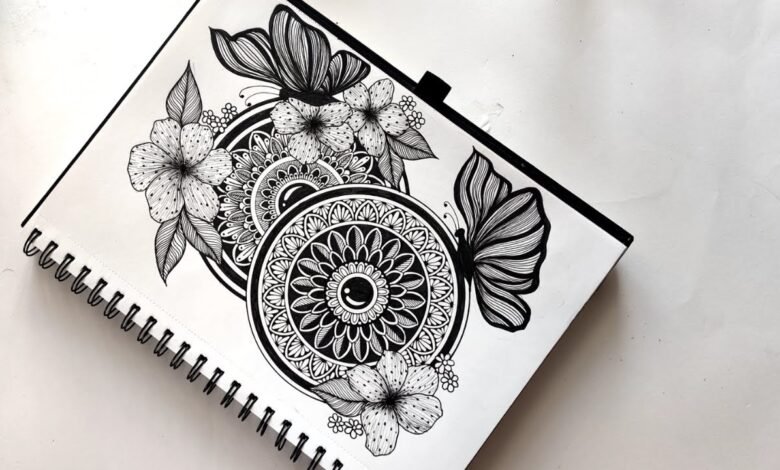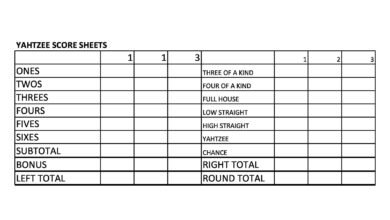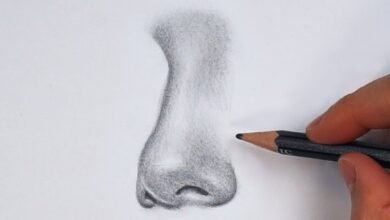Art:_Yxp3avp7nq= Mandala Drawing

Art:_Yxp3avp7nq= Mandala Drawing stands as a unique intersection of art and mindfulness, where the structured creation of intricate patterns encourages both self-exploration and emotional expression. Originating from diverse cultural traditions, this art form not only serves as a therapeutic practice but also offers rich symbolic meanings that resonate across spiritual contexts. As we examine the history and techniques behind mandala drawing, as well as its psychological benefits, we begin to uncover the layers that contribute to its enduring appeal and significance in today’s fast-paced world. What insights might emerge from this exploration?
History of Mandala Art
The history of Art:_Yxp3avp7nq= Mandala Drawing is a rich tapestry that spans various cultures and centuries, serving as a profound symbol of unity and harmony.
Its cultural significance is evident in spiritual practices worldwide, while the psychological impact of creating and meditating on mandalas promotes inner peace and self-discovery.
Understanding this heritage enriches our appreciation for mandalas as tools for personal and collective enlightenment.
Read more: Art:_W1tthifljc= Walter White
Techniques for Drawing Mandalas
Creating a mandala can be a rewarding artistic endeavor that combines precision and creativity.
To begin, select drawing tools such as compass, ruler, and fine-tip pens to establish symmetrical patterns. Start with a central point, gradually adding layers of design for balance.
Embrace your imagination while ensuring each element aligns with the overall structure, allowing your unique artistic expression to flourish within this disciplined form.
Benefits of Mandala Drawing
Engaging in mandala drawing offers numerous benefits that extend beyond mere artistic expression.
This practice serves as a powerful mindfulness tool, allowing individuals to center their thoughts and foster inner peace.
Additionally, it promotes creative expression by encouraging personal interpretation and imagination.
As a result, mandala drawing not only enhances focus but also nurtures emotional well-being and self-discovery, enriching one’s overall life experience.

Finding Inspiration and Resources
Finding inspiration for mandala drawing can be an enriching journey that encourages exploration and creativity.
Resources such as books on color symbolism and cultural significance can enhance your understanding and appreciation of mandalas.
Consider visiting art galleries or online platforms to discover diverse styles.
Engage with communities that share your passion, allowing for a free exchange of ideas and techniques that inspire your artistic expression.
Read more: Art:_Xlgb6m8ys0= Cutting Board
Conclusion
In conclusion, Art:_Yxp3avp7nq= Mandala Drawing serves as a profound intersection of art and mindfulness, fostering self-exploration and emotional balance. Much like a seed that blossoms into a vibrant flower, the process of creating a mandala allows individuals to cultivate their inner landscapes, revealing intricate patterns of thought and feeling. This art form not only provides a therapeutic outlet but also connects practitioners to a rich cultural heritage, encouraging a deeper understanding of one’s self and the world.





